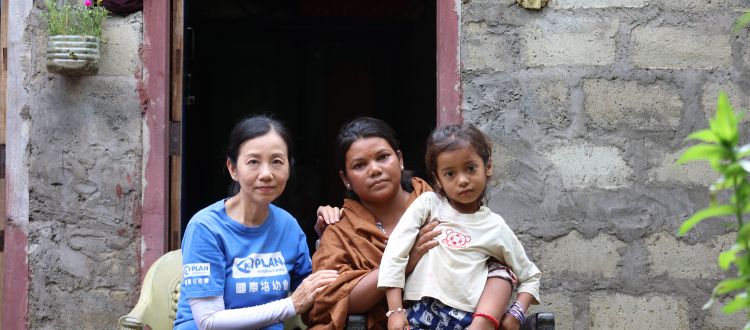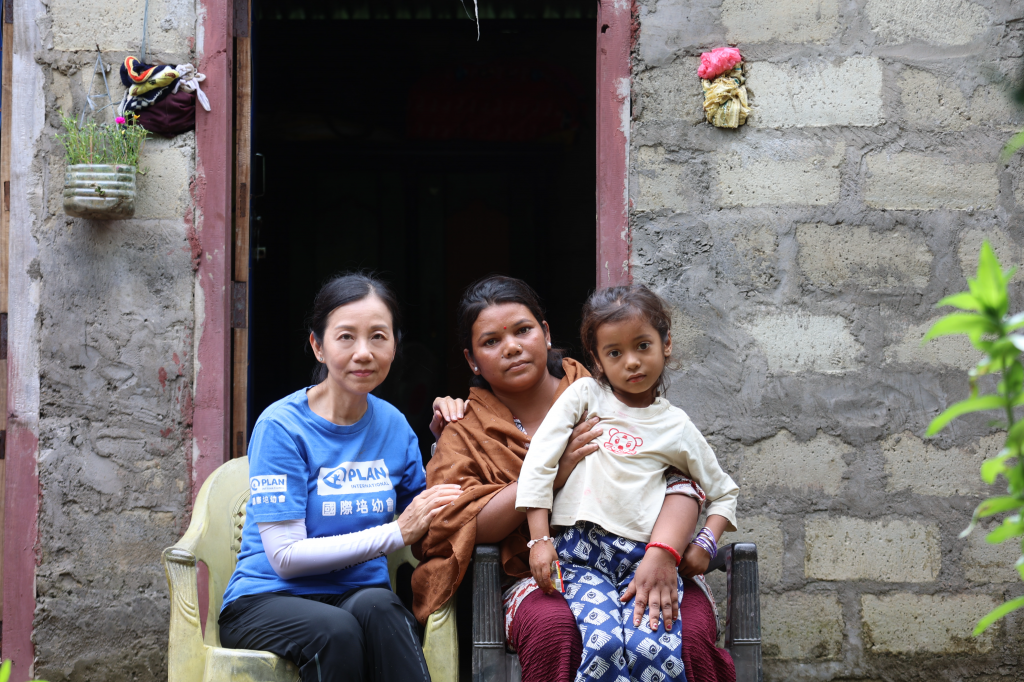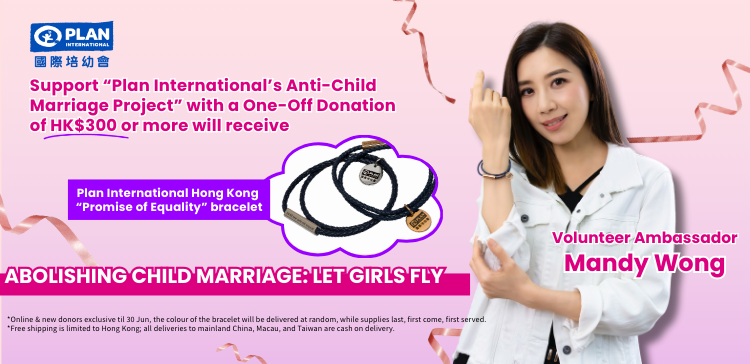Proposal to Lower Legal Marriage Age in Nepal Sparks New Child Marriage Crisis for Girls
“I deeply regret marrying when I was still a child. I hope my daughter won’t have to live my tragic life,” sighs 22-year-old Nepali girl Daya*, her words filled with profound helplessness and pain. Beside Dara is her daughter, Dara is particularly worried about her daughter’s future as she might follow in her footsteps to become a child bride. In Nepal, despite the legal minimum marriage age being set at 20, child marriage remains a critical issue. It is alarming that recent government discussions to lower the legal marriage age to 18 could have far-reaching negative impacts on girls, undermining years of efforts to combat child marriage.
*Name has been changed to protect identity.
Nepal’s Discussion to Lower Marriage Age Exacerbates Child Marriage Crisis
Nepal has one of the highest prevalence rates of child marriage in South Asia, with 35% of girls married before the age of 18, many becoming child brides before turning 15. To meet the 2030 goal of eliminating child marriage, Nepal raised the minimum marriage age from 18 to 20 in 2017, sending a strong message that early marriage severely harms girls’ futures. Even as adults, girls lacking education and independence struggle to make informed life decisions. However, on 15 January this year, a parliamentary subcommittee within the House of Representatives recommended lowering the legal age back to 18, igniting nationwide controversy.
 Child marriage has been a serious issue in Nepal, forcing many girls to drop out of school to take on household duties and childcare responsibilities after marriage.
Child marriage has been a serious issue in Nepal, forcing many girls to drop out of school to take on household duties and childcare responsibilities after marriage.
Isolated After Marriage, Fighting for a Better Future for Her Daughter
Last September, I revisited Nepal to learn about the issue of child marriage and the plight of girls as well as Plan International’s efforts in combating it. In a remote Nepali village, I met 22-year-old Daya*, who shared the hardships brought by her child marriage. Born into poverty, Daya dropped out of school at 15 to work. That same year, she met her husband but faced discrimination from his higher-caste family after marriage. Confined to a dilapidated hut, she was forced to work in the fields daily. Heartbreakingly, when she gave birth to her daughter at 16, and her mother-in law never visited, leaving Daya isolated without any help.
 Daya choked up as she recalled being abandoned by her in-law and left without support.
Daya choked up as she recalled being abandoned by her in-law and left without support.
Her husband works in the city year-round, leaving her to raise their young daughter alone. “During the rainy season, water leaks through the broken roof, and my daughter shivers in the cold until dawn,” Daya recalls painfully. To provide a warm and safe home for her daughter, she borrowed around $2,000 (approximately HK$15,600), but her limited income from harvesting crops and carrying bricks at construction sites barely covers living expenses and loan interest.
Daya and her daughter sometimes rely on neighbours for food, and heavy burden has pushed Daya to the brink of collapse. “I had thought about running away, but I love my daughter so much, so I stayed. I regret marrying at teenage and want my daughter to go to school so that she can become an independent, confident woman and live a better life.”
 Deeply scarred by child marriage, Daya regrets not completing her education and hopes to support her daughter’s studies, enabling her to change her future through knowledge.
Deeply scarred by child marriage, Daya regrets not completing her education and hopes to support her daughter’s studies, enabling her to change her future through knowledge.
Despite her dire circumstances, Daya’s resilience and determination left me in awe. Though her home is bare, her daughter’s books are neatly arranged on the table, reflecting her commitment to her daughter’s education. Even in hardship, she holds onto hope, fighting for a different future for her daughter.
Empower Girls to Break Free from Child Marriage
During my visit, I met another child marriage survivor, Bally*, whose story was truly heart-wrenching. “At six, I was forced to work as a servant in a landlord’s house, separated from my parents. I just wanted to play like other children,” Bally recalled, her words piercing my heart. Married at 14 and lacking education and self-resilience, she had to rely entirely on her husband. She was burdened with household chores for a family of 19, even during pregnancy, with no rest. Her youth was lost with endless labour.
To escape her plight, Bally joined Plan International’s economic empowerment programme and earned her driver’s licence. Now a professional driver in a male-dominated industry, she has reclaimed her dignity. Her story powerfully shows that with knowledge and opportunity, girls can break free from adversity and create a brighter future.
*Name has been changed to protect identity.
 Seeing Bally’s confident smile made me deeply understand the importance of opportunities for girls.
Seeing Bally’s confident smile made me deeply understand the importance of opportunities for girls.
Multi-Pronged Approach to Combat Child Marriage and Drive Community Changes
Plan International believes education is key to ending child marriage so we consistently support disadvantaged girls’ access to education to keep them safe from harm. We also provide adolescents with education and leadership training, forming advocacy groups that raise awareness of the harm of child marriage through theatre, dance, and debates among girls, parents, and communities. Across Nepal, over 6,300 boys and girls have participated in youth groups and organised 80 events to educate the community about the harmful impacts of child marriage. In 2024 alone, these efforts successfully prevented 35 girls from entering child marriages.
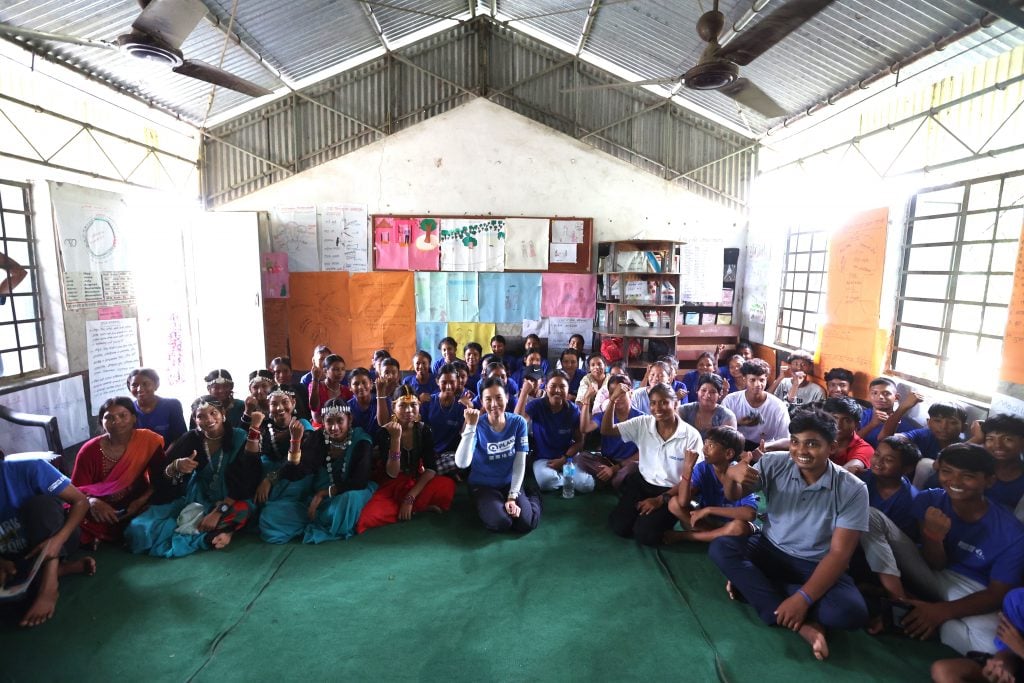 In discussions with girls and teenagers involved in our anti-child marriage program, I witnessed how ongoing education and advocacy have built their confidence to promote girls’ rights and actively prevent child marriage. This is truly an inspiring achievement.
In discussions with girls and teenagers involved in our anti-child marriage program, I witnessed how ongoing education and advocacy have built their confidence to promote girls’ rights and actively prevent child marriage. This is truly an inspiring achievement.
We also collaborate with local governments to strengthen anti-child marriage efforts, including persuading religious leaders in villages to help stop the practice by refusing to sell ritual items for child weddings. We provide training for youth leaders and hold regular women’s meetings to build community consensus against child marriage. Through local government efforts, one region achieved “zero child marriages,” a remarkable milestone showcasing the power of collective community action.
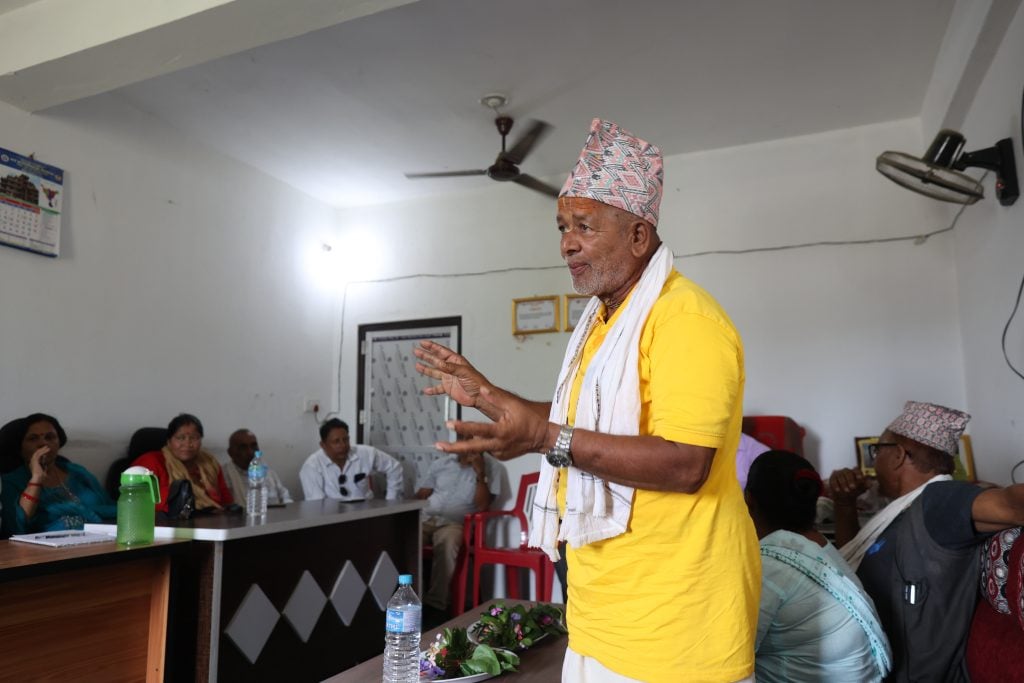 In the villages of Nepal, religious leaders have widespread popularity and influence. We are working together to combat child marriage and have achieved notable results.
In the villages of Nepal, religious leaders have widespread popularity and influence. We are working together to combat child marriage and have achieved notable results.
However, the proposed lowering of the legal marriage age is deeply concerning. We will closely monitor policy changes, respond promptly, and advocate to prevent setbacks, striving to secure girls’ rights to choose their futures.
Countless girls like Daya and Bali in Nepal remain in the shadow of child marriage, awaiting a chance to change their destinies. Every girl deserves the opportunity to equip herself, pursue her dreams, and shine. I would like to invite you to support Plan International’s work by signing up “Sponsor a Girl” programme or make a one-off donation to “Girls Fund”, to save girls from child marriages so they can reclaim their rights, and boldly pursue their futures.
HK$8/Day Support Girls Rewrite Their Destinies Through Knowledge
Anti-Child Marriage Project (one-off Donation)
- Donate HK$300: Provide 3 girls with a one-month scholarship
- Donate HK$600: Provide 6 girls with a one-month scholarship
- Donate HK$1,000: Provide 1 girl with a six-month scholarship and arrange 3 parenting sessions for 18 parents to learn about the harmful impacts of child marriage
- Donate HK$2,500: Provide 4 girls with a six-month scholarship and arrange 5 parenting sessions for 30 parents to learn about the harmful impacts of child marriage
From now until 30 June, every new donor who donates HKD 300 or more to support the “Plan International Anti-Child Marriage Project” will receive a “Promise of Equality” bracelet as a token of appreciation for their support (online only, for new donors; while supplies last).
